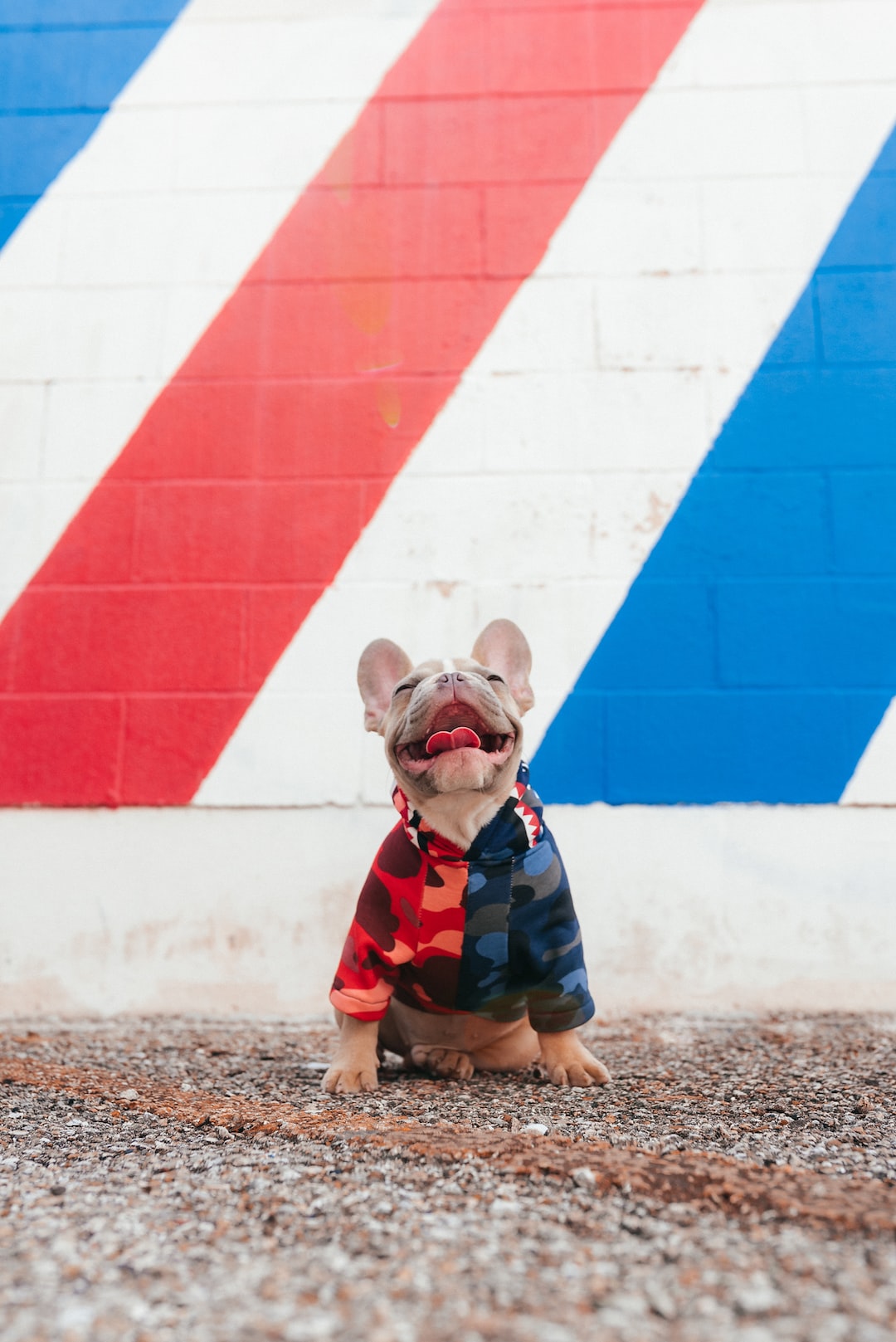Pet-Proofing Your Home: Tips for a Safe Living Space
Our furry friends bring immense joy and love into our lives, transforming our houses into homes. It’s essential to create a living space that is safe and secure for them. Just like childproofing a home when a baby is on the way, pet-proofing your home is crucial to ensure the well-being of your beloved pets. Follow these tips to create a safe and happy environment for your four-legged family members.
1. Secure Hazardous Items
Survey your home for potential hazards that could harm your pet. Keep all household chemicals, cleaning supplies, medications, and other toxic substances locked away in secure cabinets or high shelves. Ensure that electrical cords are hidden or covered to deter playful pets from chewing on them. Store small objects that could be choking hazards, such as coins or rubber bands.
2. Beware of Toxic Plants
Certain plants are toxic to pets and can cause severe health issues if ingested. Research pet-friendly indoor plants and remove any toxic ones from your home. Common toxic plants include lilies, azaleas, sago palms, dieffenbachia, and ficus.
3. Protect Wires and Cables
Pets, especially puppies and kittens, love to chew on things, including wires and cables. Secure loose cords to baseboards, use cord protectors, or keep them out of reach. This not only prevents damage to your electronics but also eliminates the risk of electrical shock or choking.
4. Install Pet-Proof Gates
In some areas of your home, like the kitchen or stairs, you might want to restrict access to your pets. Install pet-proof gates to create barriers, keeping them away from potentially dangerous areas such as the stove, cleaning supplies, or off-limits rooms.
5. Keep Trash Out of Reach
Our pets are attracted to the smells coming from our trash cans, but disposing of certain items can be harmful or even fatal to them. Invest in trash cans with secure lids or keep them in cabinets to prevent your pets from rummaging through and potentially ingesting harmful substances or sharp objects.
6. Secure Hazardous Foods
Some human foods can be toxic to pets. Common examples include chocolate, grapes, raisins, onions, garlic, and certain sugar substitutes like xylitol. Ensure that all hazardous foods are stored securely in closed containers or kept in areas that are inaccessible to your pets.
7. Choose Pet-Safe Cleaning Products
Cleaning products often contain chemicals that can be harmful to pets if ingested or inhaled. Opt for pet-friendly cleaning products that are free of toxic substances. Alternatively, you can make your own cleaning solutions using natural ingredients such as vinegar, baking soda, and lemon juice.
8. Create a Safe Outdoor Space
If you have a backyard or a balcony, it’s important to secure these areas as well. Ensure that fences are secure and free from any gaps or openings that your pet could squeeze through. Remove any poisonous plants or fertilizers from your yard, and keep harmful chemicals like pesticides and lawn treatments locked away.
9. Store Medications Properly
Just like household chemicals, medications should be kept out of reach of pets. Ensure that prescriptions and over-the-counter medications are securely stored in cabinets or high shelves where pets cannot access them. Remember that certain medications that are safe for humans can be toxic to pets.
10. Consider Pet-Friendly Furniture
Pets love to lounge on our furniture, so consider choosing pet-friendly options. Opt for easy-to-clean and durable fabrics that can withstand the occasional scratch or chew. Leather, microfiber, or outdoor fabrics are good choices as they are resistant to stains and scratches.
By following these tips, you can create a safe and comfortable living space for your furry friends. Regularly inspect your home for potential hazards and make adjustments as needed. Ultimately, pet-proofing your home will provide peace of mind, knowing that your precious companions are safe from harm and free to enjoy their lives to the fullest.

